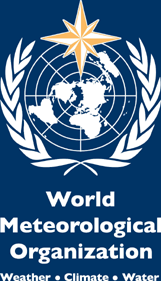WEATHER SUMMARY THROUGH NEXT 72 HOURS
To those of you residing below the Ohio River and Mason-Dixon line: winter has NOT forgotten you. As a reminder, the season is unfurling a new (albeit temporary) jet stream configuration replete with cold air advection as far south as the Gulf Coast AND a low moving up off the Atlantic coastline. This is not the worst cold snap you will ever face, nor will it be long-lasting, just a reminder that the month is January and more twists and turns are in store for us all.
What is bringing about the plunge in temperatures is the formation of a mean 500MB trough across the eastern half of the continent. A shortwave passing through the Great Lakes today is the chief catalyst of trough development, spreading a small area of snow and sleet from Upper MI into SW QC before giving way to another impulse, this one digging southeast from CO. The second disturbance will pass south of the Gulf Coast before recurving toward GA and the Carolinas on Friday morning. This energy will in turn activate a frontal wave along the leading edge of the colder air, with most models showing a deepening surface low passing about 150-200 miles east of the coastline. The 0z Jan 4 GFS actually has this feature bringing snowfall to E NC up into the shore communities of the Northeast, but that version seems to be an outlier at this point. Mostly this cold "shock" will just trigger snow flurries and a few squalls from IN and OH into W NY and S ON.
The West Coast, especially CA, is catching a break as drying sets in for the near term. A flat ridge seems to be developing across the Desert Southwest, influencing the jet stream to move toward BC and then along the Rocky Mountains toward the south central U.S. While some rainfall seems probable by Day 3 through the Pacific Northwest, the erratic and mainly downslope pattern of the wind fields should maintain a good degree of mild and fair conditions through the Intermountain Region below Interstate 84.




































<< Home